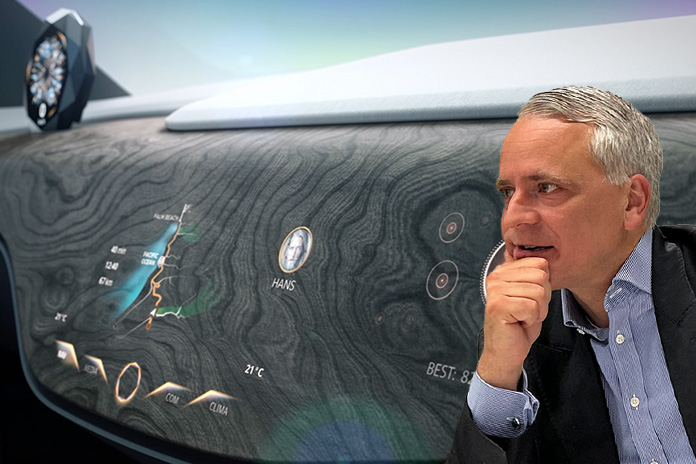
AS car companies head towards a yet-to-be-determined autonomous future, the preparations are nevertheless charging forward at speed.
Tomorrow’s traffic should be free-flowing with none of that start-stop movement that consumes a lot of energy resources.
As vehicles communicate with each other and sensors pick up changes in the environment to best move cars smoothly from A to B, what’s it going to be like for the consumer?
For those who love to drive, well, take a backseat.
There may not be a steering wheel or any pedals. Instead, you’re likely to have an interior full of screens, which will allow you to watch shows or work on your next groundbreaking proposal.
This delightful, handsfree future controlled and managed by artificial intelligence (AI) is something that Continental is working towards with car manufacturers thinking about tomorrow’s needs.
Philipp von Hirschheydt, Continental’s Head of User Experience (UX), notes that as the world steers towards autonomous vehicles, “the number of cars needed will shrink”.
While car interiors may change to accommodate the generic needs of the public, some degree of customisation is possible.
“If you see that the the underlying trends are the same, we already see today that in China displays are significantly bigger and connectivity is more important than it is in Germany or in Europe,” von Hirschheydt observes.
“If you look at the US, the user experience is to get things done easily.”
In this era of privacy and data management, more people will be concerned about who will have access to their information, especially if a car becomes a mode of shared transportation and most of the connectivity is via cloud computing.
Towards this end, von Hirschheydt says that cybersecurity measures are constantly being updated as new technology comes onboard.
“Continental is always working with partners and looking at new government regulation in areas of traffic rules and privacy issues.”
Will there be a future without traffic lights and traffic cops? If everything is being controlled by machines, do we need speed limits?
And just how much energy will be saved as we hand over control of our vehicles to the big machine in the sky?
“We don’t know the answers to that, yet,” von Hirschheydt admits.
But rest assured, somewhere out there, the AI is busy crunching the data.
Watch the interview with Philipp von Hirschheydt as he talks about what the car interior of the future could look like.





















